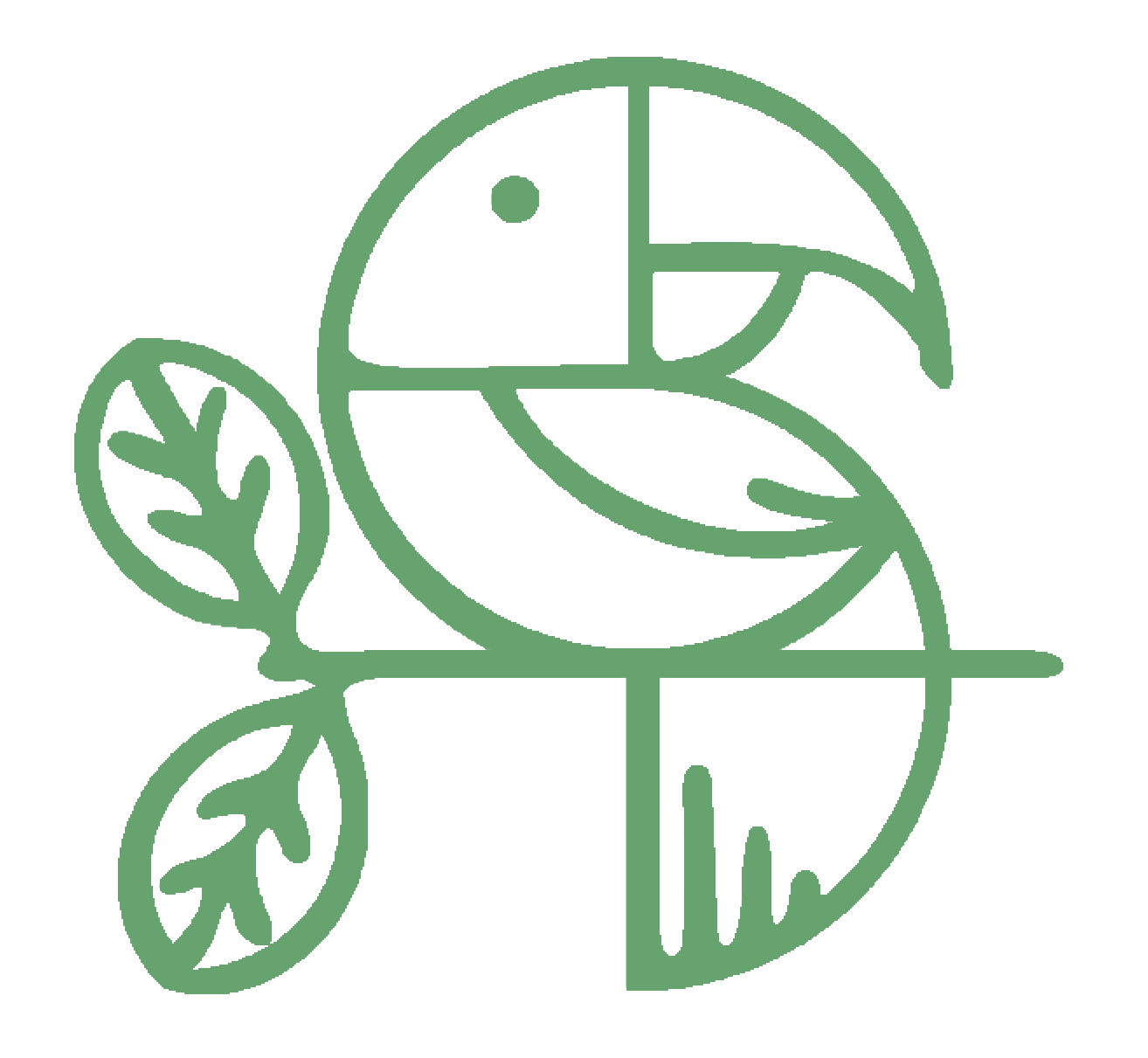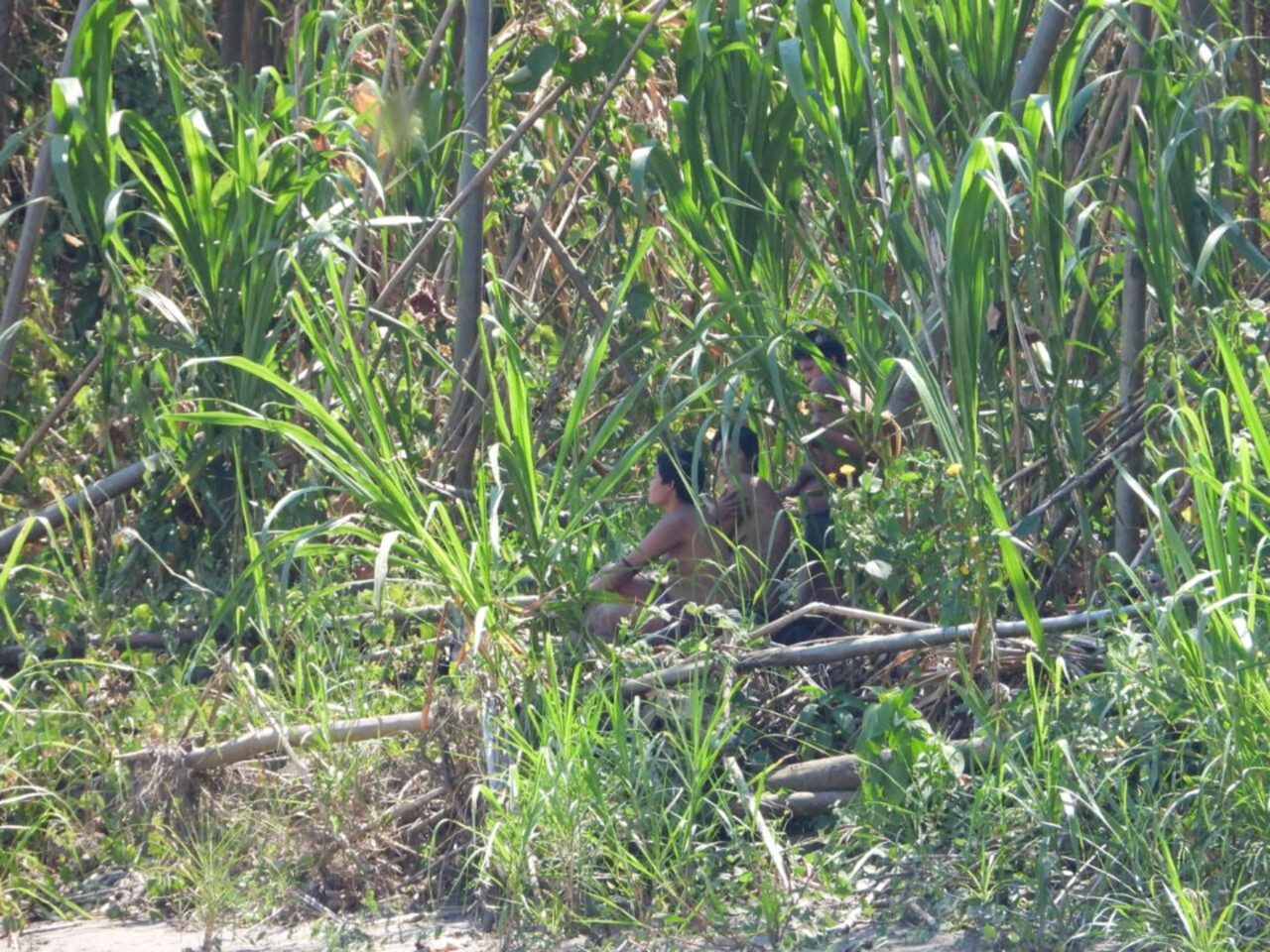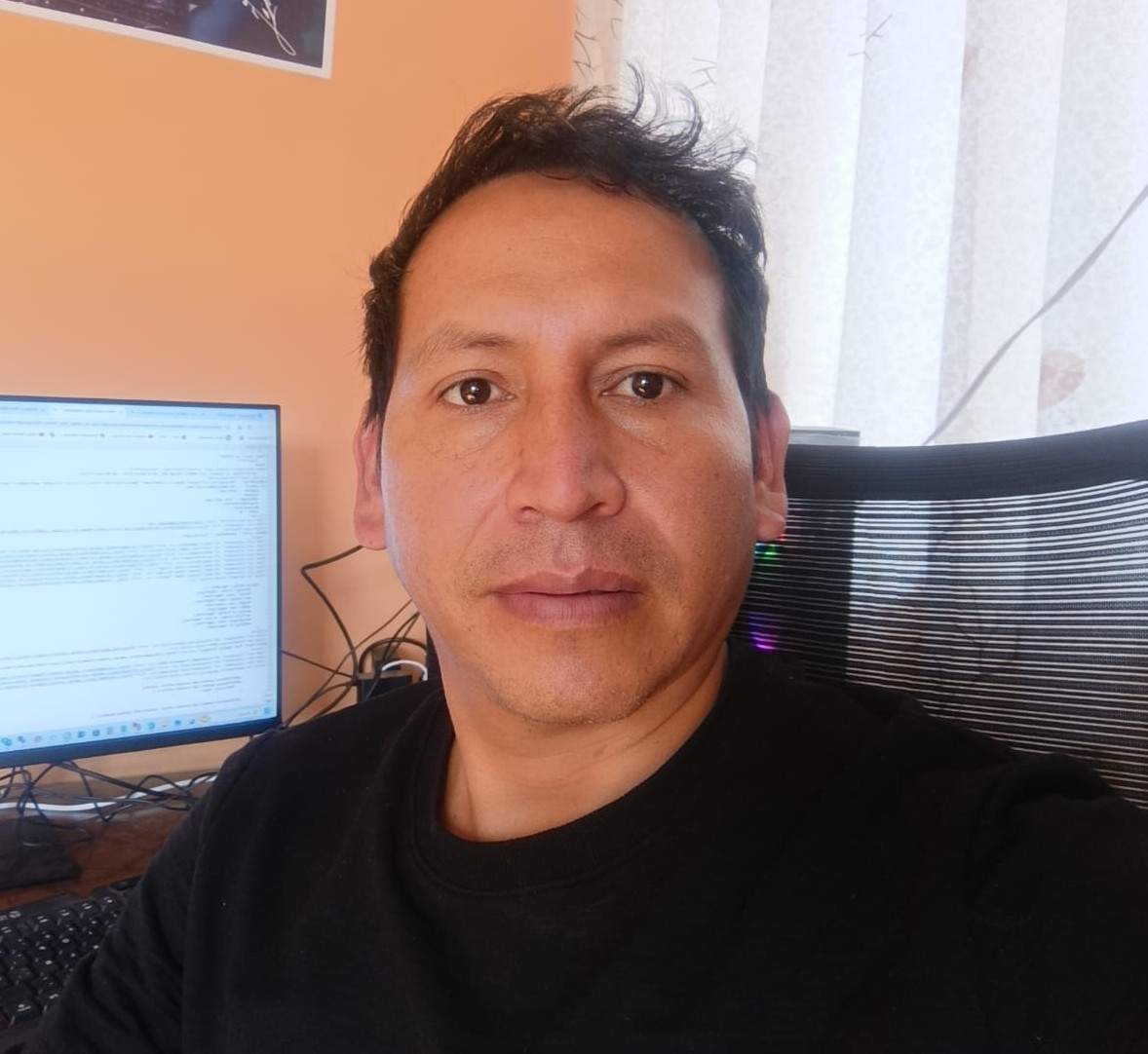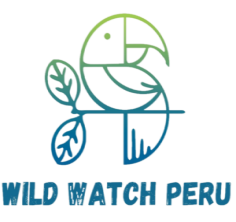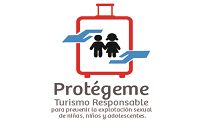Uncontacted Tribes in the Amazon
A dawn on the Manu River is a slow-blooming symphony—mist lifting off blackwater, the cough of howlers rolling down the canopy, a giant otter’s wake silvering the lake. That magic hasn’t changed. What has changed, for now, is how we move in one section of the river so we can do right by the people who have always called this forest home.
What’s changed (at a glance)
- Right-bank suspension: The park administration has suspended visits and landings on the right side of the Manu River inside the Reserved Zone—covering the Otorongo viewing tower, nearby trails, and the Kapok tree stop—from September 2025. This may be extended based on ongoing assessments as stated in the documentation
- Field report: Guides reported an incursion at the unoccupied Aguaje campsite; a few items were taken, with no violence and no guests present. Authorities were notified. We have suspended use of Aguaje and strengthened camp-security protocols.
- Operating focus: We are rerouting to open sectors, emphasizing Casa Matsiguenka’s trail network, Salvador oxbow lake sessions, the macaw clay lick near Casa Matsiguenka, and extended Manu River wildlife navigation.
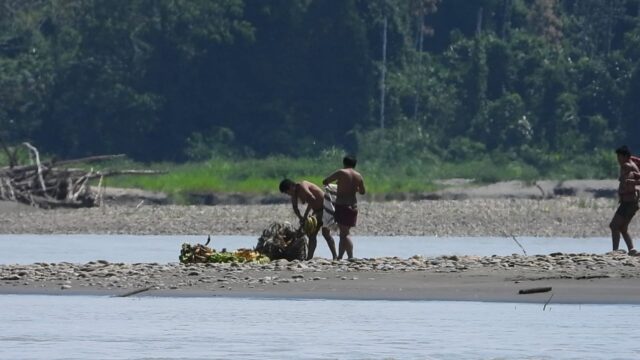
Who are the Mashco-Piros? Uncontacted Tribes in the Amazon
The Mashco-Piro (also known as Nomole) are an Indigenous people in voluntary isolation. For generations they have chosen to avoid sustained contact to protect their health, autonomy, and ways of life. Their decision is rooted in a painful history: during the rubber boom, peoples including the Mashco-Piro, Yine (Piro), and Matsigenka (Machiguenga) suffered violence, displacement, and epidemics. Peruvian law and Manu National Park policy prioritize their right to remain uncontacted and to move freely and safely within their ancestral forests.
Voices from the field Anthropologist Waldo Maldonado, who leads research on the Mashco-Piro, reminds us: “We should respect their spaces—tourism does not mean intrusion. They are happy as they are, just moving around. They don’t know about borders. The forest has always been their home.”
How this impacts your trip?
- Not a drastic change: Otorongo was not open for catamaran navigation; it served primarily as a tower viewpoint with a few short trails. Its temporary closure removes one vantage point, but the core wildlife experience remains strong.
- Left bank focus (what’s open): Most of the touring program shifts to the left bank of the Manu River, where:
- Cocha Salvador (Salvador Oxbow Lake) remains accessible. Groups receive one scheduled slot/turn to visit the lake and embark the low-impact catamaran, as per park capacity rules.
- Trail networks on the left bank are open, offering unlimited exploration within authorized hours and routes.
- Macaw clay lick visits in the permitted sector of the left bank are available, subject to current park guidelines and daily conditions.
- The river dock/port area remains accessible for wildlife viewing and embarking/disembarking during authorized times.

If you’ve already booked with us
- We’ll contact you with updates: Expect a clear briefing on route adjustments, timing for your Cocha Salvador catamaran slot, and daily trail plans.
- Comparable wildlife quality: We’ll compensate for the Otorongo tower with:
- Extended river-based observation during peak hours
- Your scheduled Cocha Salvador catamaran slot
- Additional time on authorized trails (unlimited within park rules)
- Dock/port viewing sessions at dawn/dusk
- Night walks or hides where permitted
- Flexible options: If rules tighten, we can discuss alternate dates, lodges, or rerouted itineraries aligned with conservation best practices.

Safety-first measures (for guests and crews)
- Zero contact, maximum distance: If uncontacted people are sighted, remain silent, do not approach, and follow guide instructions to vacate the area.
- No gifts, no close-up photos, no drones: Avoid any interaction or overflight that could disturb communities or risk disease transmission.
- Secure camps and gear: Don’t leave tools, food, or cookware unattended. We use approved campsites and secure storage to reduce attractants.
- Stick to official routes: We will not use informal landings or closed trails, especially on the right bank, until restrictions are lifted.
- Real-time coordination: Guides maintain regular contact with park rangers for the latest advisories.
-

Warning Post at Atalaya River Port
Should we question the park administration’s approach?
Transparency matters—clear criteria, consistent updates, and timelines for review help everyone plan. That said, in a landscape with uncontacted peoples, the precautionary principle is essential. Short-term restrictions protect lives, cultures, and the long-term viability of ethical tourism. We support strong safeguards, frequent reviews, and close coordination with anthropologists and local communities.
Historical context The Mashco-Piro and neighboring groups such as the Matsigenka (Machiguenga) and Yine were severely affected during the rubber boom, long before Manu became a national park in 1973. Today’s policies—route restrictions, no-contact protocols, and health safeguards—reflect lessons learned from a time when the Manu basin lacked conservation status. Protecting these ancient communities is central to the park’s mission and to responsible tour operations.
FAQs
- Is Manu still safe to visit? Yes—when traveling with licensed guides who follow park directives and avoid restricted areas. Respecting distance improves safety for all.
- Can I visit Otorongo Viewing Platform? Not now. The viewing tower and connecting trails on the right bank are suspended. Since Otorongo never allowed catamaran navigation, the practical impact is limited.
- What about Cocha Salvador? It’s open, but each tour group gets one scheduled slot/turn for the catamaran to manage capacity and minimize disturbance.
- Are trails limited? On the left bank, trail explorations are effectively unlimited within authorized routes and hours. Your guide will tailor distances and timings to conditions and wildlife activity.
- Can we still see macaws and river wildlife? Yes. Macaw clay lick visits in permitted sectors of the left bank remain available, and river/dock viewing continues to deliver excellent sightings of birds, caimans, and other fauna.
- Will I miss major highlights? You’ll miss one tower outlook, but you’ll retain core Manu experiences: oxbow lake wildlife from the catamaran at Salvador, expansive trail time, and superb river-based viewing.

Responsible traveler checklist
- Book with operators who adhere to no-contact protocols and current closures.
- Accept rerouting; don’t pressure staff to “push the limits.”
- Never attempt personal encounters or independent landings.
- Avoid posting precise locations of uncontacted sightings online.
- Keep gear secured; follow your guide’s instructions at all times.
Our commitment
- People first—guests and Indigenous communities.
- Full compliance with park rules and anthropological guidance.
- Transparent communication, smart rerouting on the left bank (Cocha Salvador slot, open trails, macaw clay lick, dock viewing), and a wildlife-rich, ethical experience despite right-bank restrictions.
